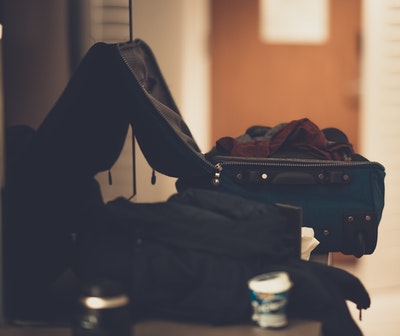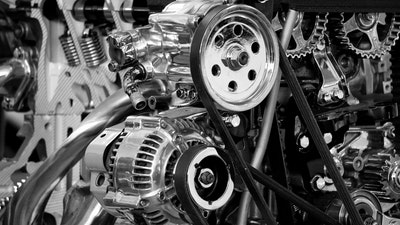7 Easy Packing Tips And Tricks

1. Save Space with Clothes
Clothes can take up lots of space if not packed properly. Packing clothes can also be time-consuming, especially if your wardrobe is vast.
One of the best ways to save space when packing clothes is to roll them instead of folding them.
Consider packing hanging clothing in garbage bags with a hole on top, then place the bag over a group of hangers.
Compress out any air in the bags to reduce the space taken by these. Or purchase vacuum bags as a space-saving alternative.
2. Label, And Take Pictures of All Furniture Parts and Their Accessories
Larger pieces of furniture can be tricky to handle when moving. You can however make your work easier by removing and securing any removable parts first.
Some of the parts you can remove include doors, drawers, handles, and cords they might have. Be sure to take a picture of each before removing it, then label it accordingly for easier assembling.
Remember to put all bolts, screws, and washers in a plastic bag and tape them securely at the back of the furniture.
Do the same when packing electronics as well. Take any cables and detachable parts apart for easier packing and label them accordingly. Remember to take photos of the electronics before disassembly too.
3. Use Wool Strings to Open Boxes
To make unpacking and opening boxes easier, use wool strings to create a pull tab. The wool string eliminates the need for box cutters or scissors while unpacking, saving you lots of time and trouble.
All you need to do is place the string in the middle of closed box flaps, then tape it over using moving tape. Leave a small piece hanging out to act as a handle to pull when opening the box.
4. Identify Items to Pack Separately
Although all you want is to have everything hauled to the new house, some items should be packed and moved separately from household goods.
Hazardous materials, for example, should be moved separately or disposed of before moving.
Items such as painting equipment, tools, and cleaning chemicals should be packed in clearly marked boxes, preferably plastic totes. Medications and bottles should also be packed together but separate from all other items.
Other items that should be packed separately include:
- Ammonia
- Fire extinguishers
- Chlorine granules
- Paints and varnishes
- Heating agents
- Auto batteries
5. Get More Packing Material for The Kitchen
You’ll need to pack bakeware, Tupperware, everyday dishes, and silverware in a separate box.
Use corrugated cardboard, bubble wrap, or crumpled newspaper to prevent breakables from breaking. See more about superior quality boxes for packing. You could also use paper plates or dish towels to act as buffers when packing fragile items.
A lot of padding will be needed for keepsakes, china, crystal, and ceramics too. Consider packing these items in smaller boxes, and ensure enough buffering material is used inside. Lastly, label these boxes as fragile.
6. Use Plastic Wraps
To reduce the risk of a spill on other valuables, use plastic wraps on all liquids and toiletries. Keep these separate from dry items, preferably in a separate box.
You can also use a piece of plastic wrap between the lid and the bottle to ensure a tight seal too.
7. Keep Jewelry in Straws
Necklaces and other pieces of jewelry can easily tangle or knot when placed together. You can, however, prevent tangling and breakage by placing necklaces and other tiny valuables in straws.
A small towel can also do the trick. Place all the jewelry on the towel, then fold them in. Place the folded towel or straws in a plastic pill and keep it away from other items.
It would be advisable to keep all your jewelry, earrings, rings, etc., safely in a bag or container and keep them with you when moving. Avoid keeping these in the moving truck to avoid losing them.






